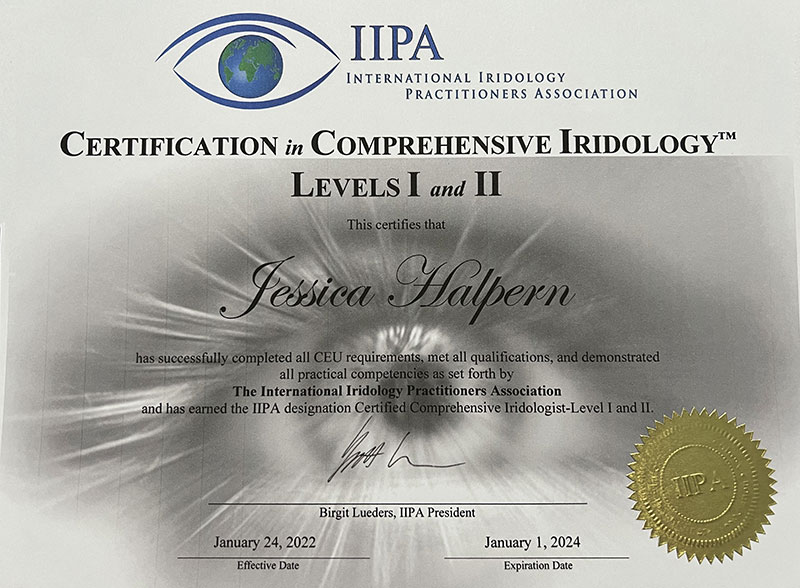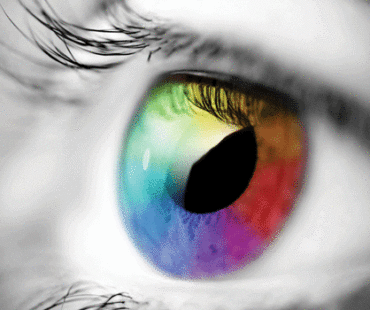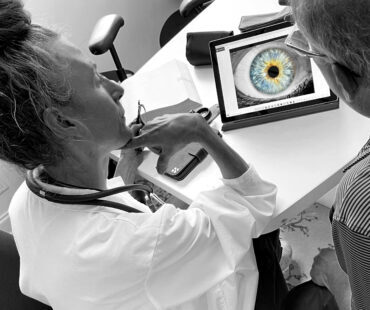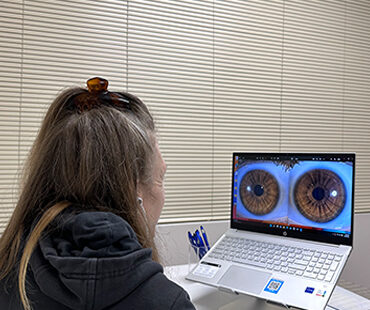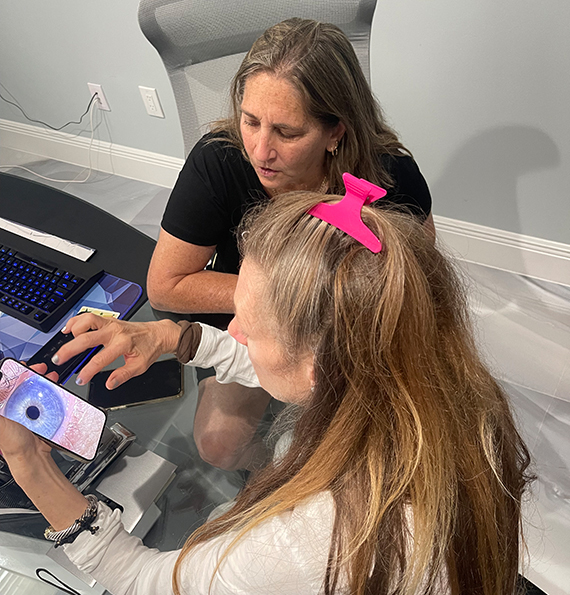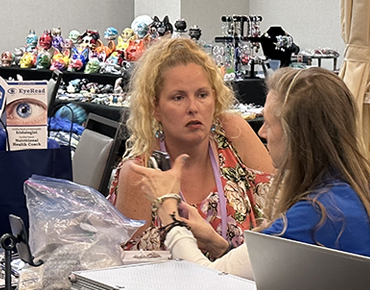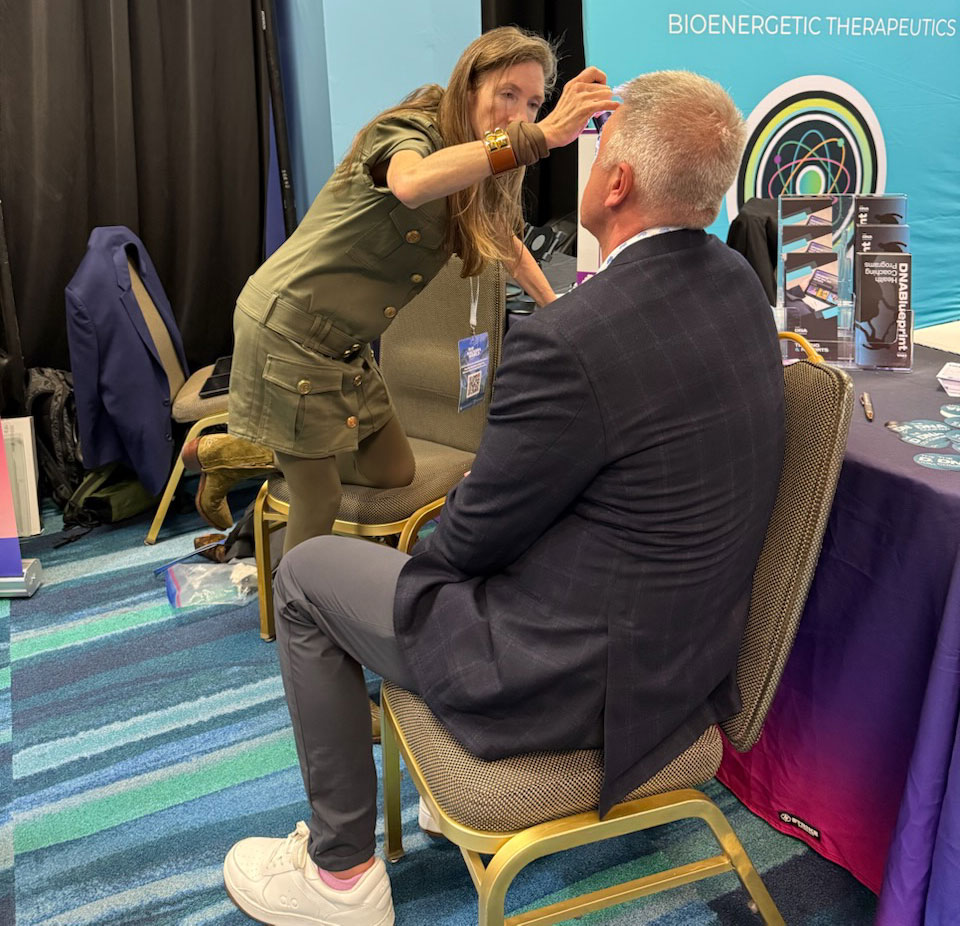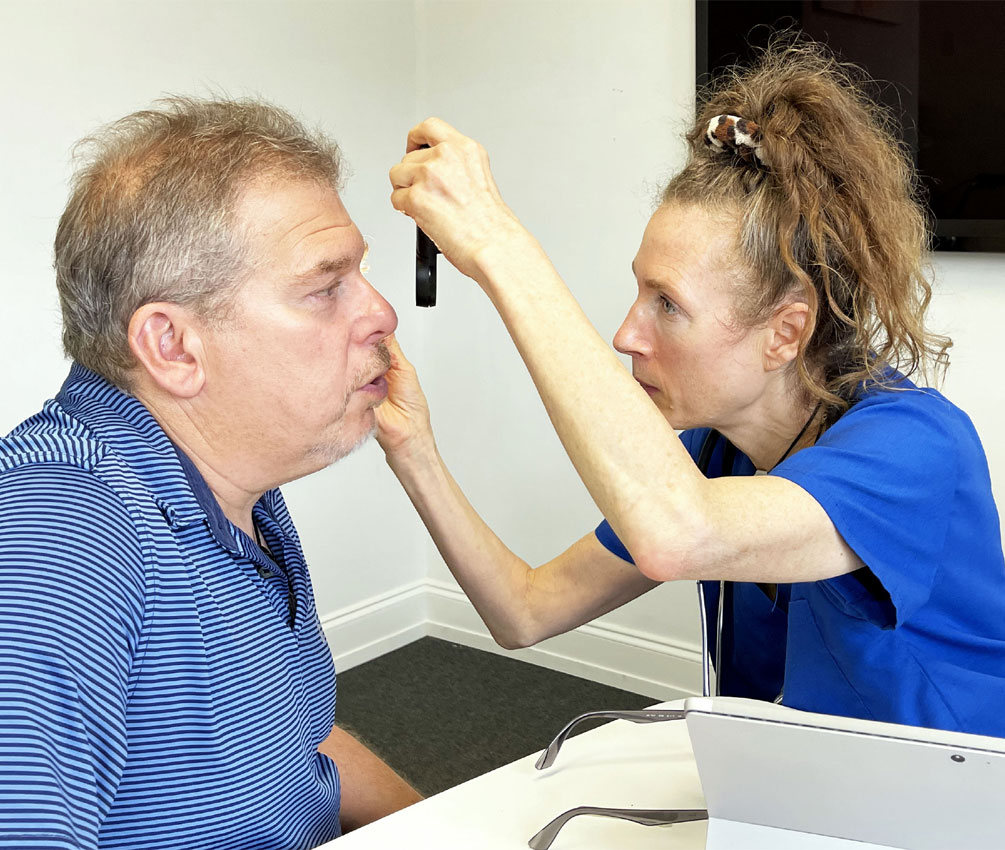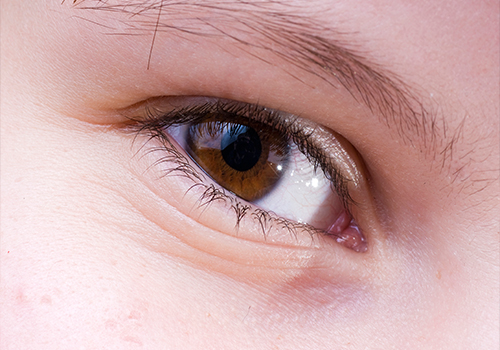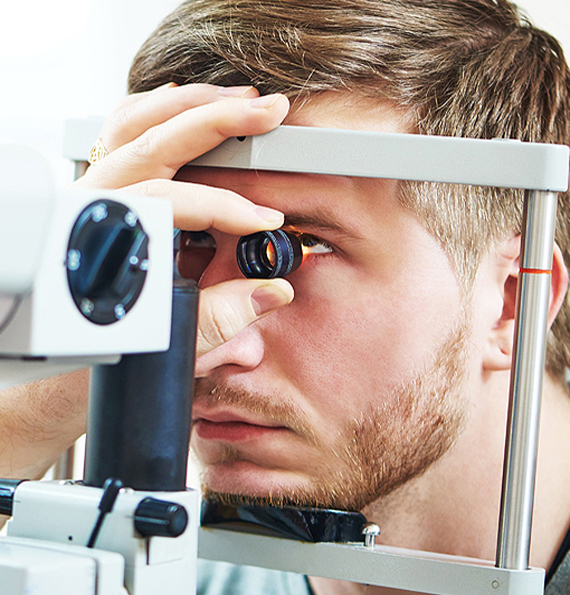Iridology is a method of reading a person's iris to determine underlying health problems. Some underlying health problems are not obvious until symptoms develop. The symptoms are caused by a number of processes and influences in the body. By studying the iris, a healthcare professional can determine the underlying issues that are causing the symptoms. This can be useful for preventive healthcare.
While iridology does not diagnose specific diseases, it can show overactive or underactive areas of the body. For example, an underactive pancreas can be indicative of a disease such as diabetes. Similarly, an enlarged PUPIL could be a sign of an underlying health problem.
In an iridology examination, is the examination of a Client's iris using photos for virtual visits, or a magnifying glass, a light, and state-of-the-art digital photography for in person visits. They note down the color and markings in the iris and compare them to an iridology chart. The chart outlines the relationship between various spots in the iris and parts of the body. Using iridology, a PRACTITIONER can pinpoint specific areas of the body that need treatment.









